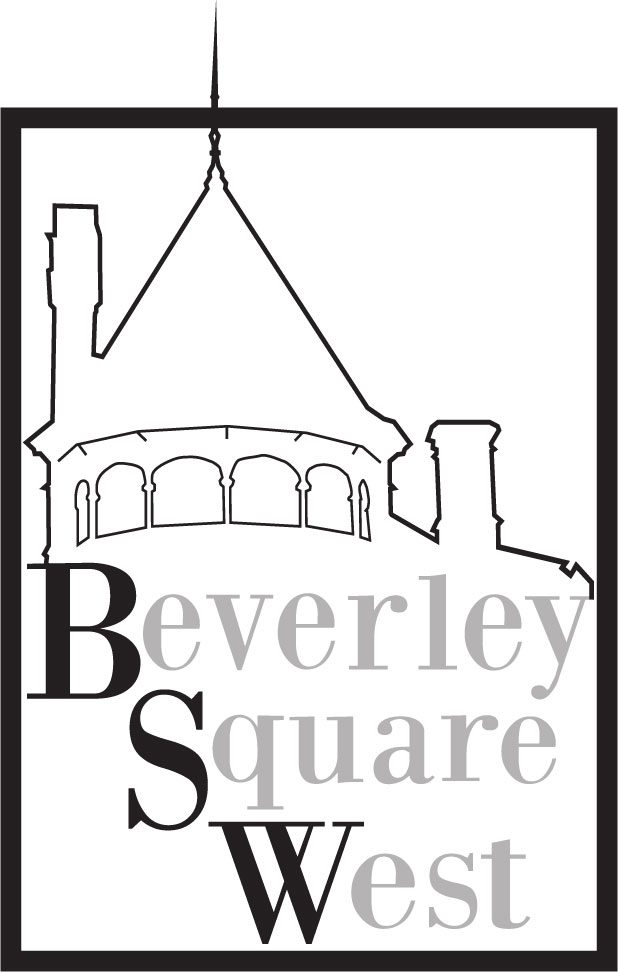Welcome to the Beverley Square West Neighborhood Association. Please check back frequently and stay tuned for events and happenings in and around our beautiful neighborhood. New membership information coming soon! If you are already a member and wish to pay your dues, please click on the “add to cart” below.
Dues are per house
